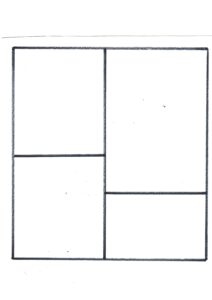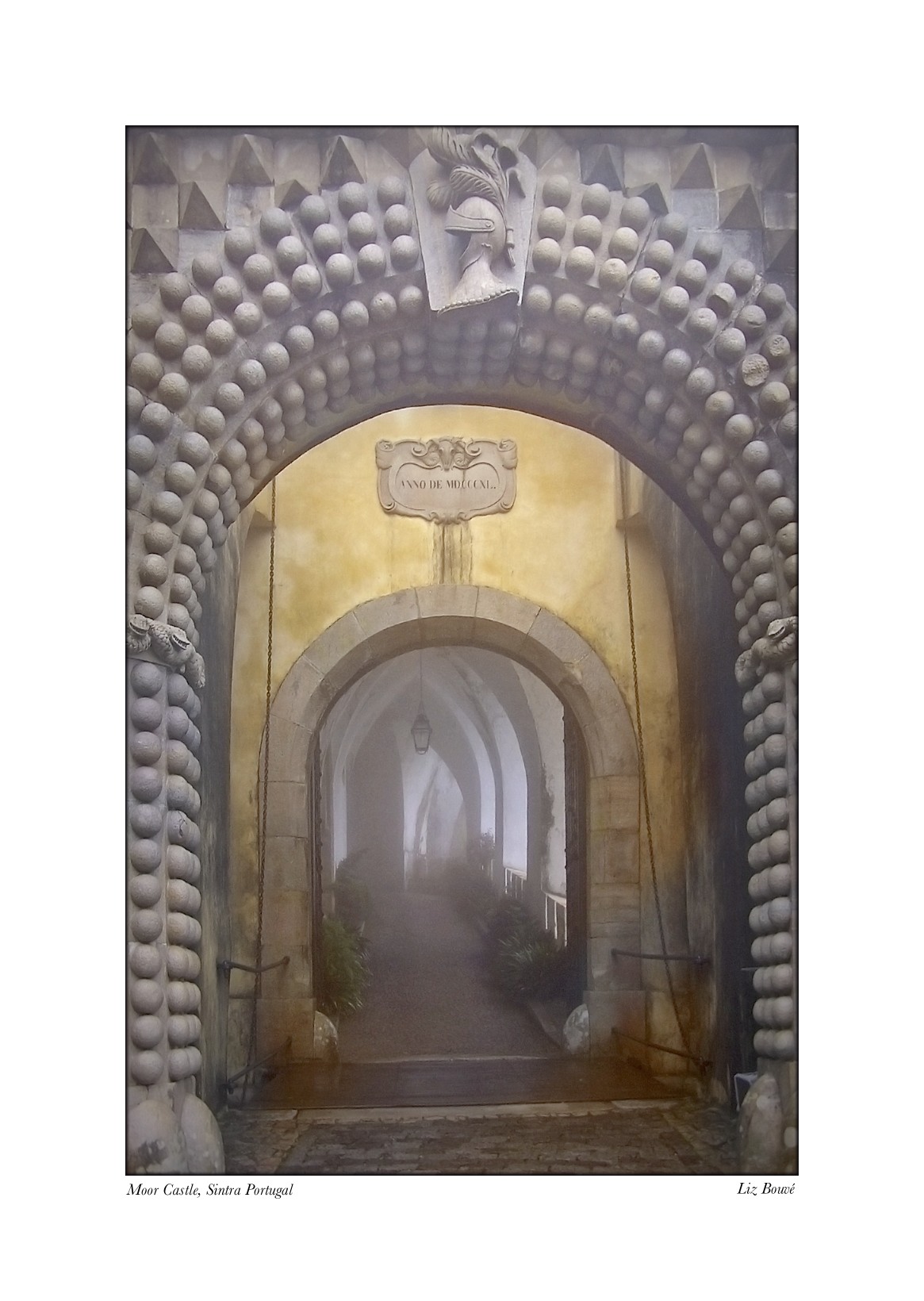
We now turn to the stabilization models that relate specifically to the shifting relationship between Quad Two and Quad Four.
Large Quad Two/Small Quad Four
With this Quad Four configuration, the following statement is appropriate: “My Quad Four has had a major impact on my behavior and other people are fully aware of these changes, but I am not very aware of the changes myself (large Quad Two/no change in Quad Three).
 There is one major source of tension with this configuration. As noted in the statement above, this person’s public (Quad One) and private (Quad Three) panes have not changed. In the traditional Johari Window, Quad One would expand and Quad Three would become smaller. Not so with the stabilization model.
There is one major source of tension with this configuration. As noted in the statement above, this person’s public (Quad One) and private (Quad Three) panes have not changed. In the traditional Johari Window, Quad One would expand and Quad Three would become smaller. Not so with the stabilization model.
The stabilization model of interpersonal tension may be more accurate than the optimistic model offered by Joe Luft. It may often be the case that our Quad Four material moves to Quad Two before moving to either Quad One or Quad Three: our “unconscious” life is seen by other people before being seen by ourselves.
The primary tension is held by the other people who witness the intrusion of Quad Four into our presentation of self. If they are therapists or workshop leaders, these other people typically have our tacit (perhaps explicit) permission to share their observations (Quad Two to Quad One). But what if these other people are family members, friends or even casual acquaintances? How much should they share? “Dare I risk your negative and defensive reaction?” “Is it my ‘job’ to tell you about yourself . . . after all, I’m not your therapist!” “Am I correct in my observations . . . after all, I’m not trained as a therapist!”






